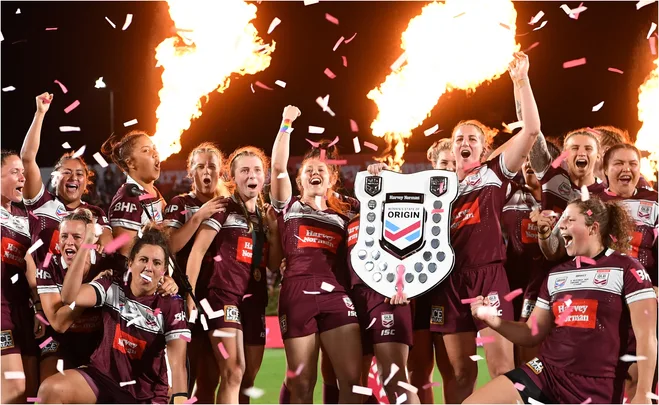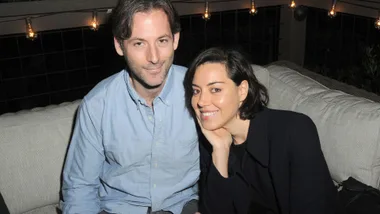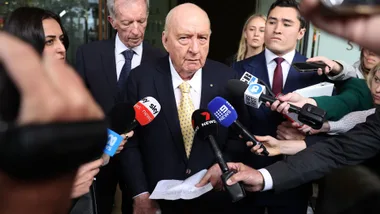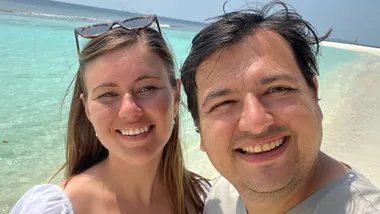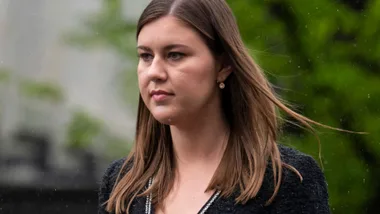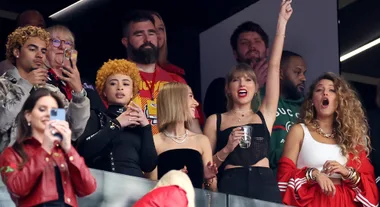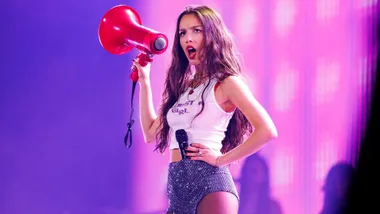In a milestone moment for Australian professional sport, the Queensland Rugby League (QRL) has announced its female State Of Origin players will receive the same pay as male players.
The QRL shared a statement from CEO Rohan Sawyer who described the move as a landmark moment in rugby.
“This is about creating certainty and stability for aspiring Maroons to have the opportunity to come through a genuine career pathway within the female game,” he explained.
The rugby club’s elite male and female players will receive $15,000 per game, so long as they take part in training camps and are subsequently selected to play in the Queensland Maroons’ women’s State of Origin series.
The Maroon’s female and male captains Ali Brigginshaw and Daly Cherry-Evans also shared statements in support of the decision.
“It takes the pressure off when you go to represent your state, the pressure of being away from your families and your jobs,” Brigginshaw said.
Cherry-Evans added: “There’s a really strong progression coming in the women’s game, and it’s only natural that we keep giving our female players the opportunity to spend more time away to grow the game they love.”

Broken down, players who go to training camps ahead of the NRLW season will be paid $4,000 for time taken off work, as well as travel and other expenses.
19 players will then be selected to attend a final camp ahead of the State Of Origin, for which they will be paid another $7,000. The players will then receive $4,000 to play the match.
While Queensland is the first state in Australia to (finally) provide equal pay to both men and women, it is hoped that others will follow suit.
Per the ABC, NSW Rugby League chief executive David Trodden said the club is “extremely” committed to supporting the women’s game and its elite players.
“Any additional investment in the women’s game is a good thing and our approach to the Women’s Origin match for next year will be the subject of discussion at upcoming Board meetings.”
The QRL announcement comes after The Workplace Gender Equality Agency (WGEA) revealed the gender pay gap is widening, with a 14.2 per cent difference in the annual pay packets—a difference of $261.50 per week.
The gap was in part due to COVID-19, with female dominated industries such as health care services and childhood education taking a hit, while male dominated industries like construction experienced growth in the year to August 2021.
In order to close the pay gap, WEGA Director Mary Wooldridge said both employers and employees need to take action.
“Research proves that regular audits close pay gaps faster,” she explained.
“Start a conversation with your colleagues and friends about the gender pay gap, what it means to you and to them and how you can help to close it. We can all work together to eliminate gender pay discrimination.”
